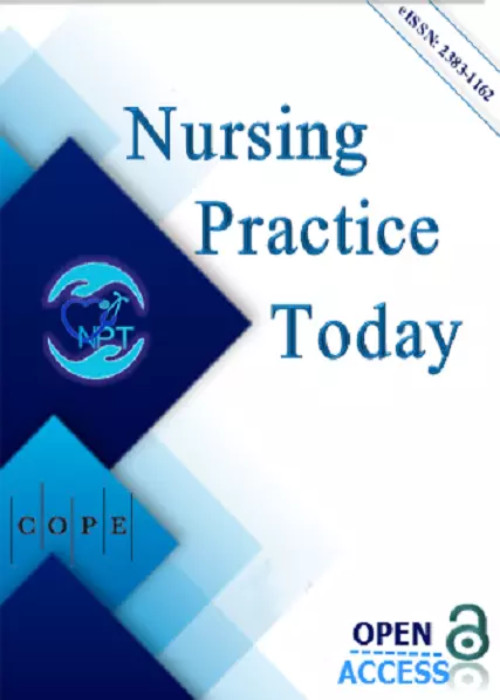The impact of telecardiology on the outcome of patients with myocardial infarction transported by Tehran’s emergency medical services to selected hospitals of Tehran city
Clinical outcomes and mortality rate of patients with ST-segment elevation myocardial infarction (STEMI) strongly depend on the time of percutaneous coronary intervention (PCI). One way to reduce the delay in this treatment is to use telecardiology in the prehospital setting. The purpose of this study was for comparison of telecardiology on the first medical contact to balloon time and outcome (size of infarct area, left ventricular ejection fraction, and major adverse cardiac events) of patients with myocardial infarction (MI) transported by Tehran Emergency Medical Services to selected hospitals in Tehran, Iran.
The present retrospective, comparative study was conducted in 2018 in Tehran city on the medical records of 300 patients with STEMI transported with and without telecardiology (150 records per group). Data for this study included demographic characteristics; how to transport the patients to medical centers, first medical contact to balloon time (FMCTB), and clinical outcomes. Data were analyzed using independent t-test, Fisher's exact test, Chi-square, Mann-Whitney and Kruskal-Wallis test by SPSS software, Version 20.
First medical contact to balloon (FMCTB) time, infarction size based on creatine kinase, the patient mortality rate in one month, and repeated PCI in the group transported with telecardiology was significantly lower than that of the group transported without telecardiology (P<0.05). Left ventricular ejection fraction (LVEF) in the first 24 hours, infarction size based on troponin I level, the rate of readmission due to acute coronary syndrome (ACS) and the rate of coronary artery bypass grafting (CABG) were not statistically significant between the two groups (P<0.05).
The results of this study showed that the use of telecardiology could reduce the delay in performing PCI and improve some of the clinical outcomes of patients with STEMI. These results can be used to improve the quality of care for patients with STEMI by pre-hospital emergency personnel, physicians and nurses involved in the care of these patients.
- حق عضویت دریافتی صرف حمایت از نشریات عضو و نگهداری، تکمیل و توسعه مگیران میشود.
- پرداخت حق اشتراک و دانلود مقالات اجازه بازنشر آن در سایر رسانههای چاپی و دیجیتال را به کاربر نمیدهد.


